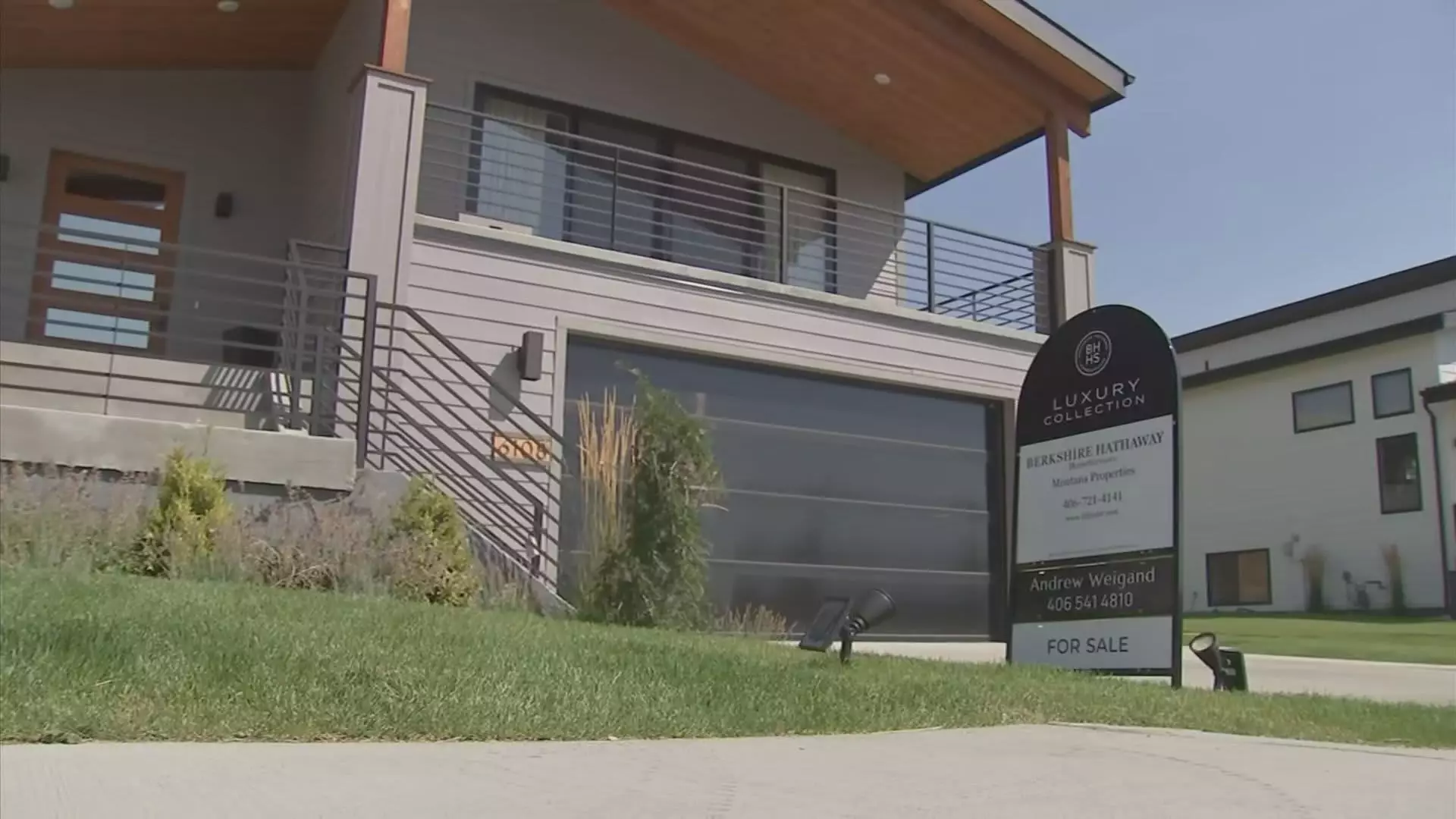The Disappearance of Starter Homes: A Challenge for First-Time Buyers

As we look toward the 2025 buying season, first-time homebuyers face an increasingly daunting challenge: the scarcity of suitable starter homes. Traditionally defined as modest residences typically under 1,400 square feet, these foundational properties have become a rarity in the contemporary housing market. According to recent data from the Census Bureau, only 9% of new homes constructed in 2023 fell into this category, a stark decline from the 40% observed in 1982. The reasons for this disturbing trend are multifaceted, and understanding them is essential for future buyers hoping to secure their first home.
Factors Behind the Decline
One of the most critical factors contributing to the dwindling number of starter homes is the prevalence of restrictive zoning laws. These regulations, set at the local level, define what types of structures can be built and where. While intended to manage urban development and maintain community aesthetics, many of these regulations have inadvertently inflated the overall cost of home construction. Builders often find it economically unfeasible to create entry-level homes amid rising expenses associated with land, labor, and materials. “Many builders are not leaving money on the table,” observed Sam Khater, chief economist at Freddie Mac. Instead, they are grappling with a market that increasingly favors high-end developments over affordable options.
Additionally, the backdrop of the ongoing housing crisis significantly complicates matters. Between January 2020 and October 2024, nationwide home prices skyrocketed by over 52%, according to the S&P CoreLogic Case-Shiller U.S. National Home Price Index. Builders contend with a dual burden of escalating material costs—well-documented as rising 50% over the past decade—alongside the increased scarcity of available land due to bureaucratic constraints. Selma Hepp, chief economist at CoreLogic, emphasized that the cost of land has surged at an alarming rate, having increased two and a half times compared to other construction expenses.
Impact of the Financial Crisis on Homebuilding
The aftermath of the 2007-2008 financial crisis played a crucial role in reshaping the landscape of home building. In the wake of the crisis, the industry underwent significant consolidation, with many smaller builders exiting the market. The annual rates of new home construction have remained below levels observed in the early 2000s, thereby exacerbating the shortage of affordable housing. With many existing homeowners reluctant to sell due to favorable mortgage rates, the supply of available homes has become painfully tight, creating further obstacles for first-time buyers.
An unusual dynamic is at play in today’s market. While the number of first-time homebuyers has reached an all-time low, the prevalence of all-cash buyers has skyrocketed. Jessica Lautz, deputy chief economist at the National Association of Realtors, pointed out this striking paradox, noting that the median age of first-time buyers has now climbed to an unprecedented 38 years. In contrast, the typical age of a first-time buyer in 1981 was only 29.
This shift raises concerns about the accessibility of homeownership for younger generations. As prices continue to rise along with mortgage rates, aspiring buyers without significant financial resources may become increasingly sidelined. The combination of rising ages among first-time buyers and intensifying competition from well-capitalized investors creates a market environment that is particularly inhospitable to those seeking an entry-level home.
Addressing the challenges faced by first-time homebuyers requires a concerted effort from policymakers, developers, and the community. There is a pressing need to reevaluate zoning laws to facilitate the creation of more affordable housing options. Moreover, increasing the supply of starter homes is paramount for shifting the balance back toward homeownership accessibility. Potential pathways include incentives for builders to develop entry-level homes, more inclusive housing policies, and innovative housing models that prioritize affordability.
As the 2025 buying season unfolds, first-time homebuyers must navigate a landscape characterized by a decrease in starter homes, rising prices, and unprecedented buyer dynamics. The need for significant changes in policy and practices has never been more critical, as the dream of homeownership becomes increasingly difficult to attain for the next generation.





